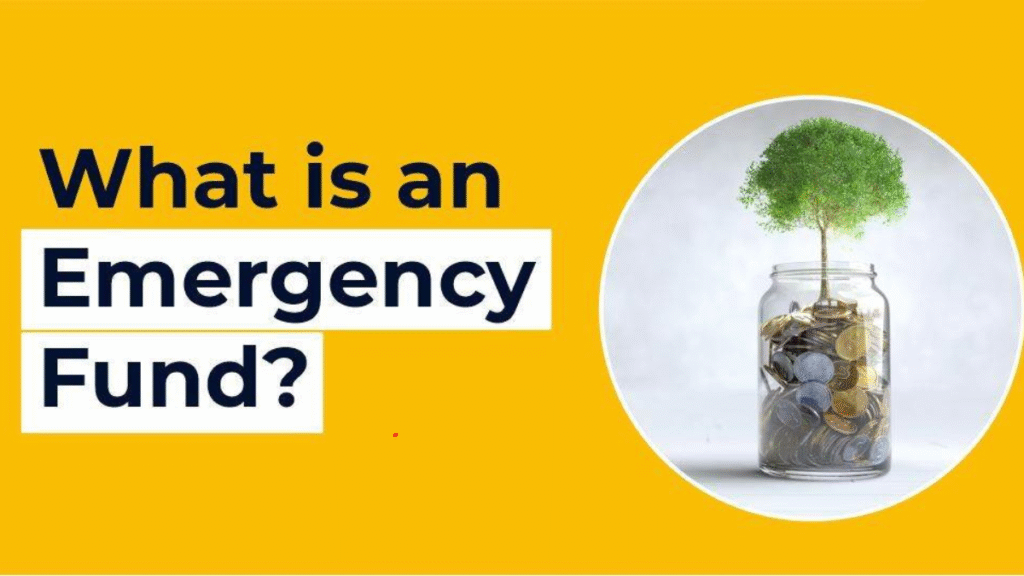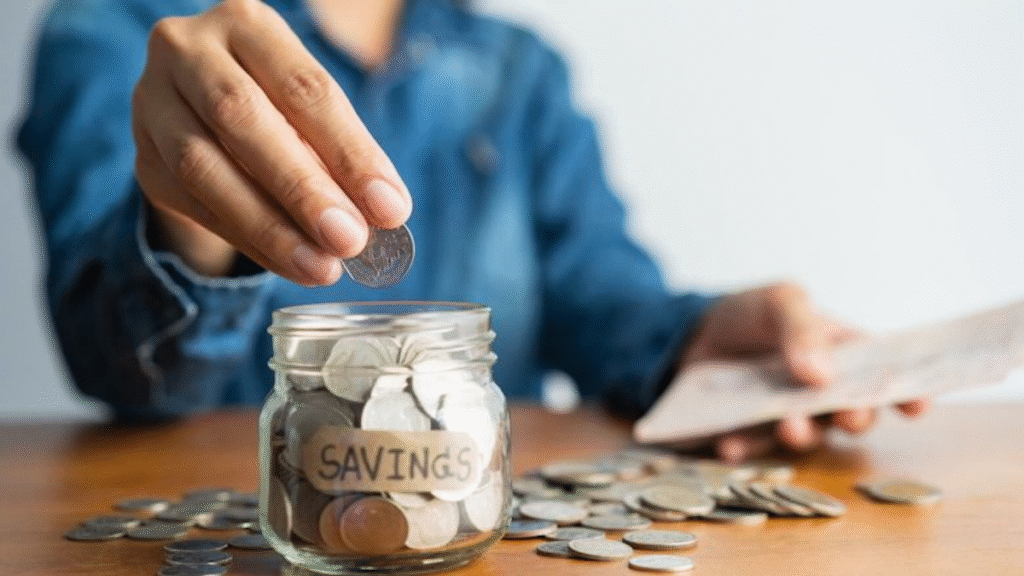An emergency fund is your financial safety net. Whether it’s an unexpected medical bill, sudden job loss, or urgent car repairs, life often throws surprises our way. Starting an emergency fund from scratch may seem overwhelming, especially if you’re living paycheck to paycheck—but with the right plan, it’s possible and incredibly empowering. This guide will walk you through how to build one step-by-step.
What is an Emergency Fund?

An emergency fund is a stash of money set aside to cover sudden, unforeseen expenses. Unlike savings for a vacation or a new gadget, this money is meant strictly for genuine emergencies. Having one in place prevents you from dipping into your long-term savings or racking up debt during tough times.
Why You Need an Emergency Fund
Financial Security
An emergency fund offers peace of mind knowing you can handle life’s curveballs without relying on loans or credit cards.
Debt Prevention
Without an emergency fund, most people turn to high-interest loans or credit cards during financial crises, leading to long-term debt.
Freedom and Control
With a financial cushion, you’re less likely to feel stuck in unhealthy situations—whether it’s a toxic job or an unaffordable living arrangement.
Step-by-Step: How to Build an Emergency Fund from Scratch
1. Assess Your Current Financial Situation
Before anything else, understand where you stand. Review your income, fixed expenses, and variable spending. Identify any money leaks or unnecessary expenses.
Action Steps:
- Track your spending for a month.
- Note all recurring payments.
- Set realistic expectations for saving.
2. Set a Realistic Emergency Fund Goal
You don’t need to save one year’s worth of expenses immediately. Start with a small, achievable goal like ₹10,000 or ₹20,000, then scale up.
Recommended Goals:
- Basic Starter Fund: ₹10,000 to ₹25,000
- Moderate Fund: 3 months of essential expenses
- Full Emergency Fund: 6 months of essential expenses
3. Open a Separate Savings Account
Keep your emergency fund separate from your regular checking or savings accounts. This reduces the temptation to dip into it for everyday expenses.
4. Create a Budget That Includes Savings
Budgeting is the backbone of any savings plan. Allocate a specific amount toward your emergency fund each month, even if it’s a small amount.
Budgeting Tips:
- Follow the 50/30/20 rule.
- Use budgeting apps or spreadsheets.
- Set reminders for your savings transfers.
5. Automate Your Savings
Automating ensures consistency. Set up automatic transfers on payday so saving becomes second nature and doesn’t depend on willpower.
Why Automation Works:
- Saves time and effort
- Reduces the chance of forgetting
- Encourages discipline
6. Cut Unnecessary Expenses
Audit your current spending and look for areas where you can trim the fat.
Quick Cuts You Can Make:
- Cancel unused subscriptions
- Reduce takeaway meals
- Limit impulse online shopping
7. Boost Your Income
Increasing your income accelerates your savings. Even an extra ₹500–₹1,000 a month can make a significant impact over time.
Ways to Increase Income:
- Freelancing or part-time work
- Selling unused items
- Monetizing a hobby
8. Save Windfalls and Bonuses
Whenever you receive unexpected money—like a gift, tax refund, or festival bonus—divert at least a portion of it to your emergency fund.
9. Track Your Progress
Keep a visual tracker or spreadsheet to monitor how your fund is growing. Seeing progress can be highly motivating.
10. Stay Disciplined and Consistent
Building a fund takes time. Stay consistent even if your contributions are small. The key is to make saving a habit.
How Much Should You Have in an Emergency Fund?
There’s no one-size-fits-all answer, but here are general benchmarks based on lifestyle and dependents:
Singles with Steady Income:
3 months of essential expenses.
Families or Single Parents:
6 months of essential expenses.
Freelancers or Commission-Based Workers:
6 to 12 months of essential expenses due to income fluctuations.
Where to Keep Your Emergency Fund
Though we won’t name specific institutions, the ideal place for your emergency fund should meet these criteria:
Key Characteristics:
- Easily accessible
- Separate from your daily-use account
- Offers decent interest
- Safe and secure
Avoid risky investment platforms or locking it in long-term deposits. Liquidity is more important than high returns for emergency funds.
When Should You Use Your Emergency Fund?
Your emergency fund is not for vacations or shopping. Use it only for genuine emergencies, such as:
- Medical emergencies
- Major car or home repairs
- Unexpected job loss
- Emergency travel for family needs
Avoid using it for predictable expenses—those should be part of your regular budget.
Common Mistakes to Avoid
1. Starting Too Big
If you aim for ₹1,00,000 right away, you may feel overwhelmed. Start small and scale up.
2. Not Saving Consistently

Irregular contributions make it hard to build momentum. Treat it like a bill you must pay.
3. Dipping Into the Fund for Non-Emergencies
Tempted to use it for a new phone or concert tickets? Resist. Label it strictly for emergencies.
4. Not Replenishing After Use
If you tap into your fund, prioritize replenishing it as soon as your finances stabilize.
How to Stay Motivated
Saving money can be boring, especially without instant gratification. Here’s how to stay on track:
Visual Progress:
Use charts or savings jars to visualize your growing fund.
Celebrate Milestones:
Reward yourself (cheaply) when you hit savings goals—just don’t derail your progress.
Accountability Partner:
Share your goal with a trusted friend or family member who can keep you on track.
Also Read : Personal Finance Hacks to Grow Your Wealth
Conclusion
Building an emergency fund from scratch is one of the smartest financial decisions you can make. It doesn’t require a large income—just a plan, discipline, and patience. Start small, stay consistent, and watch your fund grow into a powerful shield against life’s uncertainties.
FAQs
1 How long does it take to build an emergency fund?
It depends on your income and savings rate. Most people can build a basic emergency fund within 3–6 months if they prioritize it.
2 Can I invest my emergency fund?
No. Emergency funds should be kept in liquid, low-risk places. The goal is easy access—not high returns.
3 What if I can only save a small amount?
That’s perfectly fine. Even ₹100 a week adds up. The key is consistency over amount.
4 Should I pay off debt or build an emergency fund first?
It’s ideal to do both. Start with a mini emergency fund (₹10,000–₹20,000), then focus on debt, followed by building a full emergency fund.
5 Can I combine my emergency and general savings?
It’s best to keep them separate to avoid confusion and reduce the temptation to dip into your emergency savings.







